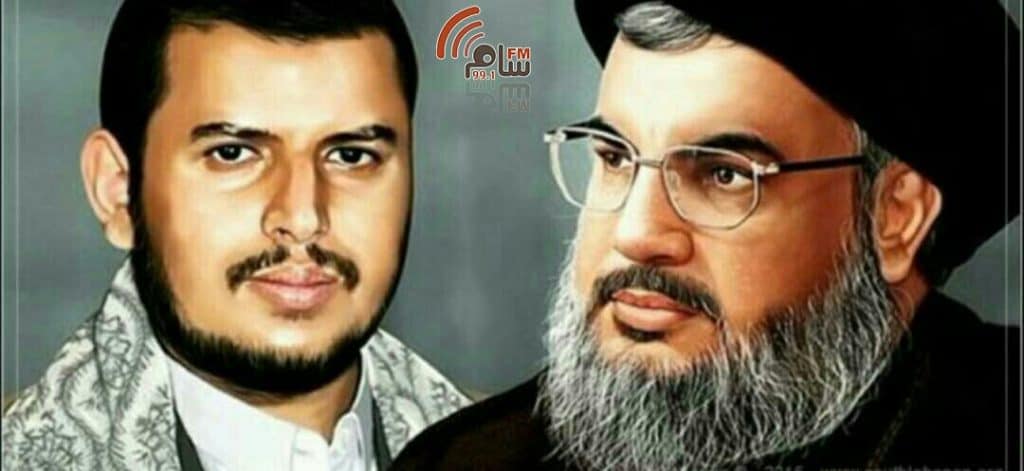
The Saudi-led coalition in Yemen reported that its airstrikes near the Yemeni capital Sana’a recently killed several members of Lebanese Hezbollah.
According to the pro-Saudi Arabia outlet Al Hadath, coalition airstrikes killed “four experts of Hezbollah” east of Sana’a yesterday. Other outlets later picked up this report, with one adding that the Hezbollah operates included both Lebanese and Iraqi nationals.
Al Arabiya, another pro-Saudi outlet, added that the two Lebanese members were killed in Ma’rib and al Jawf while the Iraqi members were both killed in Nihm.
Quoting a Hadi government official, the government in Yemen backed by Saudi Arabia and its allies, Al Arabiya and Al Hadath report that there has been a “marked increase in Hezbollah activities in Yemen” since the death of Iranian Qods Force leader Qassem Soleimani.
These claims have not been independently verified; though, these are not the first reports of Hezbollah operatives being killed recently in Yemen.
Just last week, Muammar al Eryani, Yemen’s information minister under the Saudi-backed Hadi government, claimed that several other Hezbollah and Iranian Revolutionary Guard Corps (IRGC) members were killed in recent battles in northern Yemen.
While in June 2018, the Saudi-led coalition reported it killed 8 members of Hezbollah in airstrikes in the Houthi-controlled Saada governorate. Two months later, two other Hezbollah operatives were allegedly killed by Saudi-led forces in Ma’rib.
The Houthi insurgency has long touted its relationship with Lebanon’s Hezbollah. For instance, in Aug. 2018, Houthi leadership met with Hezbollah Secretary-General Hassan Nasrallah in Beirut.
That same year, Abdul Malek al Houthi, the leader of the Houthi insurgency, repeated his claim that he would send his men to fight alongside Hezbollah in the event of any future war between it and Israel. This was an echo of an earlier, similar speech made by al Houthi in 2017.
And just last summer, the Houthi insurgents openly fundraised for Hezbollah within its territory in Yemen. By the end of the pledge drive, the movement claimed it raised over $100,000 for the Lebanese terrorist organization.
Saudi Arabia has not been the only state to report Hezbollah’s activities inside Yemen. The United States has also long alleged that both the IRGC and Hezbollah are active inside the country supporting the Houthi insurgency.
Moreover, the US has identified Abdul Reza Shahla’i as the IRGC point man in Sana’a. Prior to his role coordinating the activities of the IRGC and its allies in Yemen, Shahla’i was also involved in the Iranian support for various Shia militias inside Iraq.
It is believed that Shahla’i was also involved in the 2011 Iranian plot to assassinate the Saudi ambassador to the US in Washington D.C.
On the same night the US killed IRGC-Qods Force commander Qassem Soleimani and his deputy Abu Mahdi al Muhandis in Baghdad, it reportedly attempted to also assassinate Shahla’i in Sana’a. The Washington Post, quoting US officials, reported Shahla’i survived that attempt.
Iran’s role inside the war in Yemen has become more transparent over the years, especially as the Houthi drone and ballistic missile programs have expanded.
Additionally, US naval forces routinely intercept shipments of small arms and missile parts en route to Yemen that are believed to have originated in Iran.







